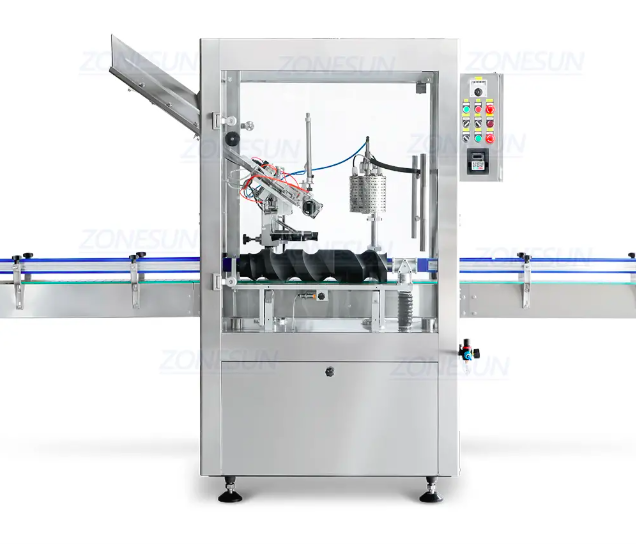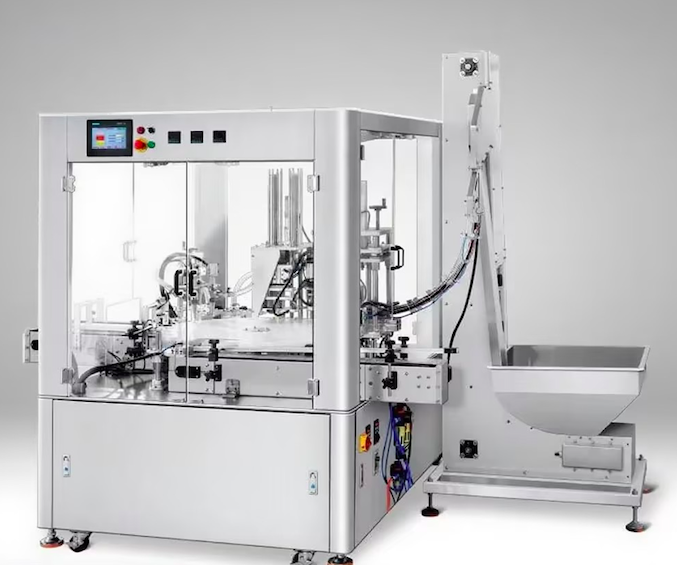Introduction to Reflow Ovens and Their Importance in SMT
Reflow ovens are essential in the surface mount technology (SMT) process to solder surface-mounted components to printed circuit boards (PCBs). Selecting the right reflow oven type (Air Reflow or Infrared) can improve the quality, efficiency, and cost of your manufacturing process. Understanding their differences and applications is critical to making an informed decision.

Hot Air Reflow Ovens
Working Principle: Hot air reflow ovens utilize convection to circulate heated air around the PCB. This method ensures even temperature distribution, allowing all components to reach the required soldering temperature simultaneously. The process typically involves multiple heating zones, each with controlled temperatures to create a precise thermal profile.
Components:
Convection Heaters: These are responsible for heating and circulating the air within the oven.
Conveyor System: Moves the PCB through different heating zones.
Cooling Zones: Gradually reduce the temperature to solidify the solder without causing thermal shock to the components.
Advantages:
Uniform Heating: Provides consistent heating across the entire board, essential for complex assemblies with varied component sizes.
Flexible Processing: Capable of handling diverse PCBs, from small batches to high-volume production.
Precision Control: Advanced control systems ensure precise temperature management, reducing defects and improving yield.
Disadvantages:
Higher Energy Consumption: Continuous air circulation requires more energy.
Longer Heating Times: Heating the entire assembly takes more time compared to direct heating methods.
Use Cases: Ideal for high-mix, large-scale production where uniformity and flexibility are paramount.

Infrared (IR) Reflow Ovens
Working Principle: Infrared reflow ovens use infrared radiation to heat the PCB directly. IR energy is absorbed by the components and solder paste, resulting in rapid heating. The heat is applied directly to the materials, reducing the time needed to reach the soldering temperature.
Components:
Infrared Emitters: Produce IR radiation absorbed by the PCB.
Reflectors: Ensure even distribution of IR energy.
Conveyor System: Moves the PCB through the oven.
Cooling Zones: Cool the board gradually to avoid thermal shock.
Advantages:
Faster Heating: Direct heating of components and solder paste results in quicker process times.
Lower Energy Consumption: More efficient as it targets the PCB directly rather than heating the entire oven space.
Compact Design: Generally smaller and more compact than hot air ovens.
Disadvantages:
Uneven Heating: Variations in component size and thermal mass can lead to uneven heating, potentially causing soldering defects.
Material Compatibility: Different materials absorb IR energy at different rates, complicating the process.
Use Cases: Suitable for small-scale production or simpler assemblies where speed and energy efficiency are prioritized.
Performance Comparison and Practical Applications
| Feature |
Hot Air Reflow Oven |
Infrared (IR) Reflow Oven |
| Heating Mechanism |
Convection (heated air circulation) |
Infrared radiation |
| Heating Uniformity |
High |
Can be uneven |
| Heating Speed |
Slower |
Faster |
| Energy Consumption |
Higher |
Lower |
| Complexity Handling |
Handles complex assemblies well |
Better for simpler, small-scale production |
| Common Applications |
Large-scale, high-mix production |
Small-scale, low-mix production |
| Cost |
Generally higher |
Generally lower |
Conclusion and Future Trends
Both hot air and infrared reflow ovens have distinct advantages and limitations. Hot air ovens provide uniform heating, making them ideal for complex, high-mix production environments. Infrared ovens, on the other hand, offer faster heating and lower energy consumption, which are beneficial for smaller-scale or less complex manufacturing processes.
Future trends in reflow oven technology include the integration of advanced sensors and artificial intelligence for real-time monitoring and process optimization. These innovations aim to enhance heating efficiency, reduce energy consumption, and ensure consistent quality across all types of electronic assemblies. Additionally, research into new materials and methods to improve heating uniformity and further minimize the environmental impact of the reflow soldering process is ongoing.
0








